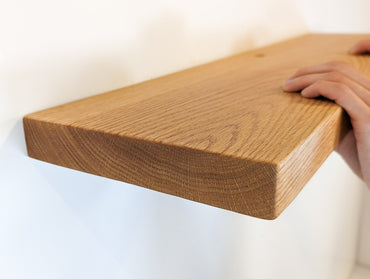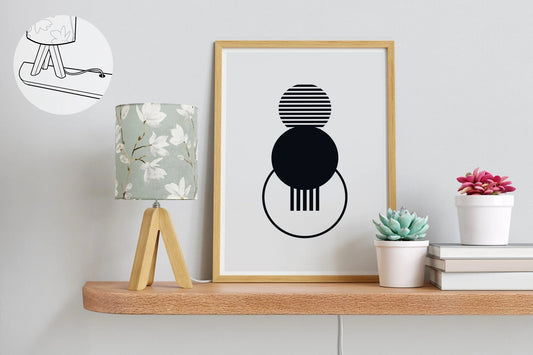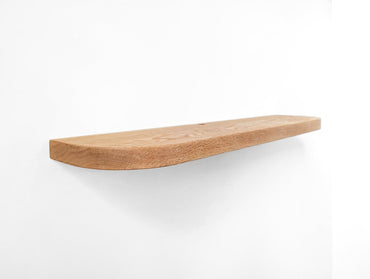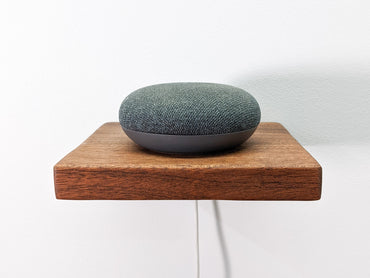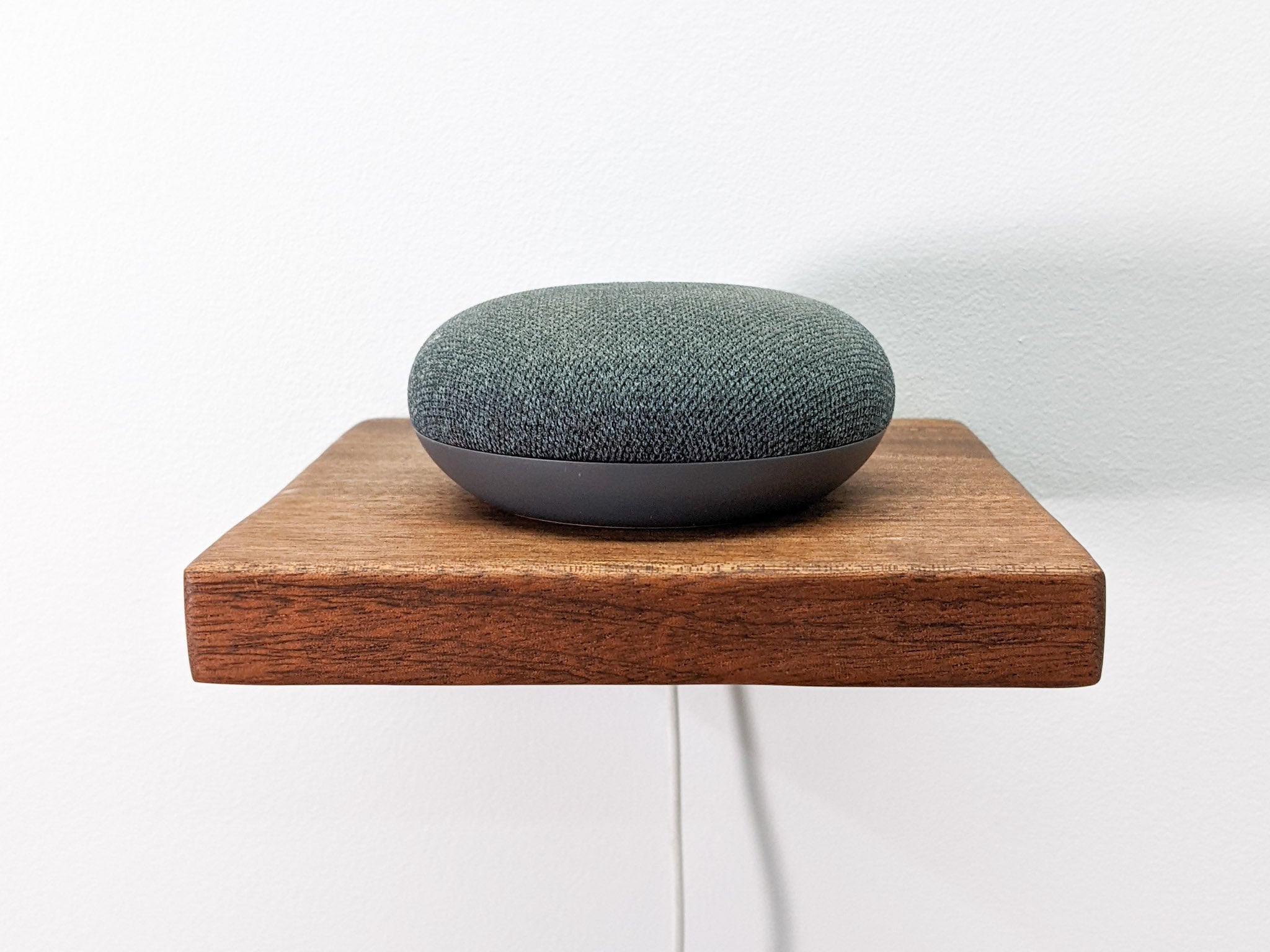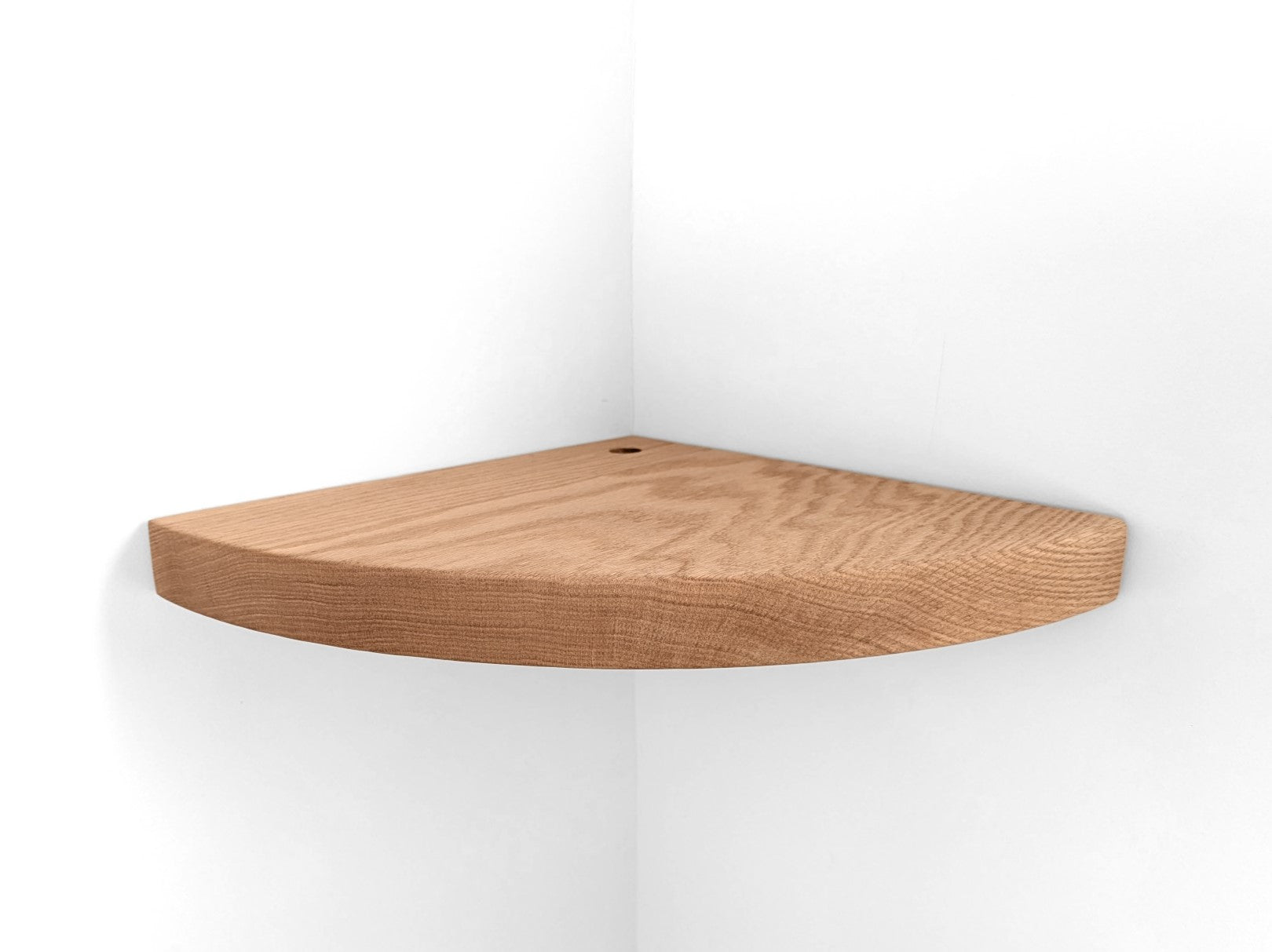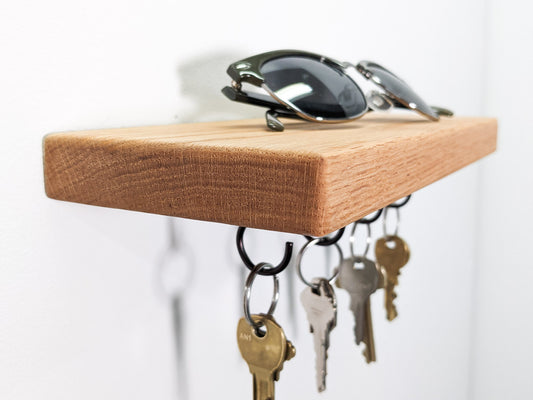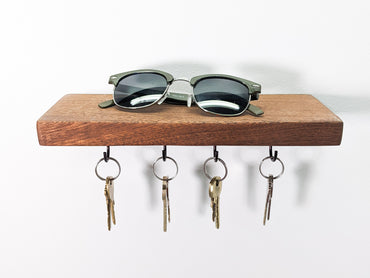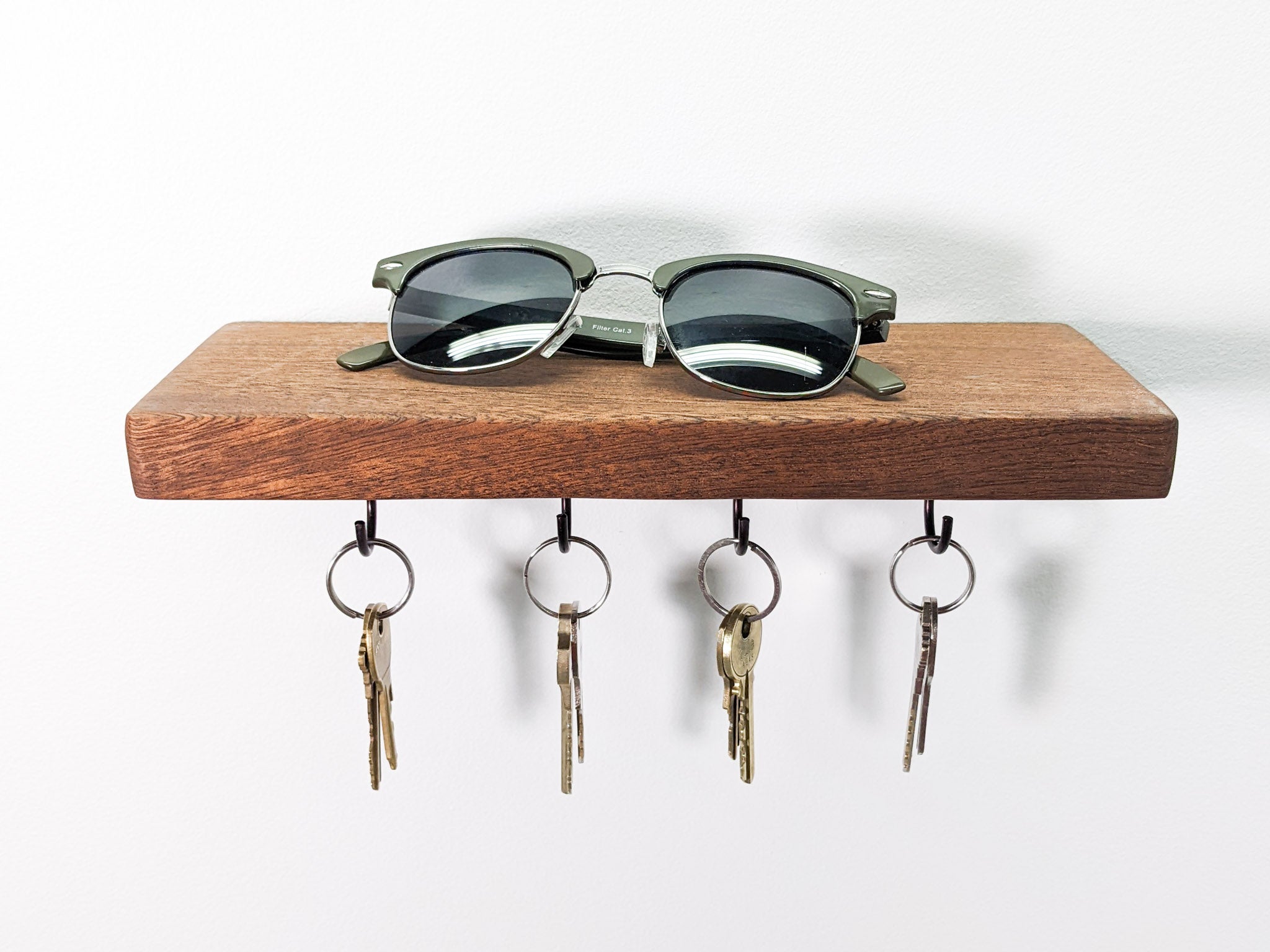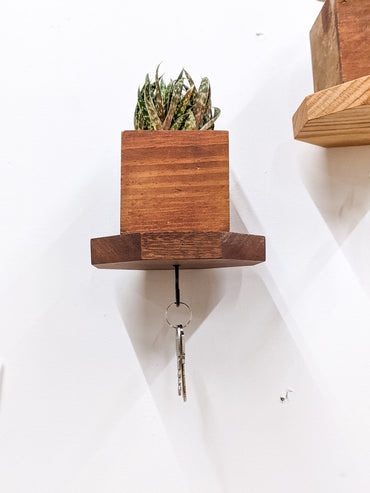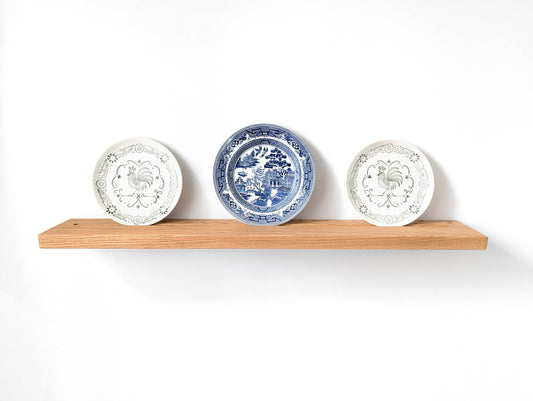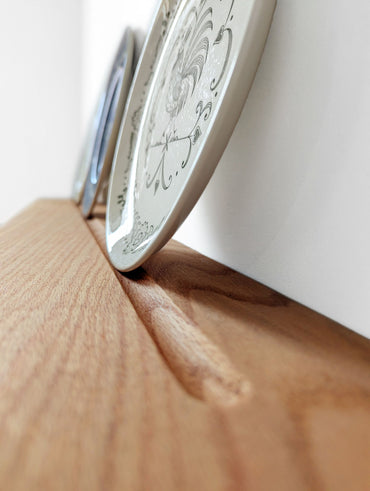Hiding TV cords is relatively easy when you have the proper tools, so consider any of the following for seamless cord management.
1. Cable Covers and Raceways:
One of the easiest solutions is to use paintable cord covers or raceways that attach to your wall. You simply place your cords inside the cover and then adhere the raceway to the wall leading down from your TV to your outlet or media console. This hides the cords in plain sight and can be painted to match your wall for a seamless look.
2. Cord Clips and Cable Ties:
Cord clips adhere to the back of your furniture or along the bottom of your walls and hold your cables in place out of sight. Similarly, cable ties can be used to bundle cords together behind the TV stand or along the back of furniture, reducing visual clutter.
3. In-Wall Cable Management Systems:
For those who prefer a permanent and clean look, you can install an in-wall cable management system. These typically come with a pair of openings that allow you to feed your cords behind the wall from behind your TV to your devices. This option does require some DIY skills and may not be suitable for all wall types or rental properties.
4. Decorative Boxes and Baskets:
Convert a stylish box or basket with a lid into a cord and cable hideaway. You can cut out a hole in the back for the cords to exit near the outlet. This is an aesthetically pleasing way to store excess cables and power strips, keeping them out of sight.
5. Rearrange Furniture:
Sometimes, simply rearranging furniture to strategically hide cables is enough. Place a bookshelf, plant, or ottoman in a way that your cords are hidden behind it.
6. NookWoodworking Functional Floating Shelf with Cord Hole
The NookWoodworking functional floating shelf presents a perfect mix of style and utility. With an integrated cord hole for cable management, this shelf provides a sturdy platform for your media devices while neatly concealing the wires. The cord hole at the back allows you to thread cables directly from your devices, maintaining a clutter-free look that’s ideal for a minimalist or modern aesthetic.
7. Custom-built Storage Solutions:
Custom furniture or shelving units can be designed to house your electronics with built-in cable management solutions. This offers a tailored look, keeping all of your media and related cables organized and out of view.
Regardless of which solution you choose, the goal is to minimize the distraction of cords so that you can enjoy your entertainment space to the fullest extent, with a clean and uncluttered ambiance. These methods can be used alone or combined for even better results, ensuring that your cables never get in the way of your home’s style.








